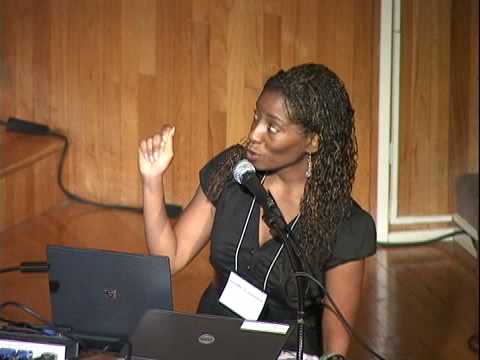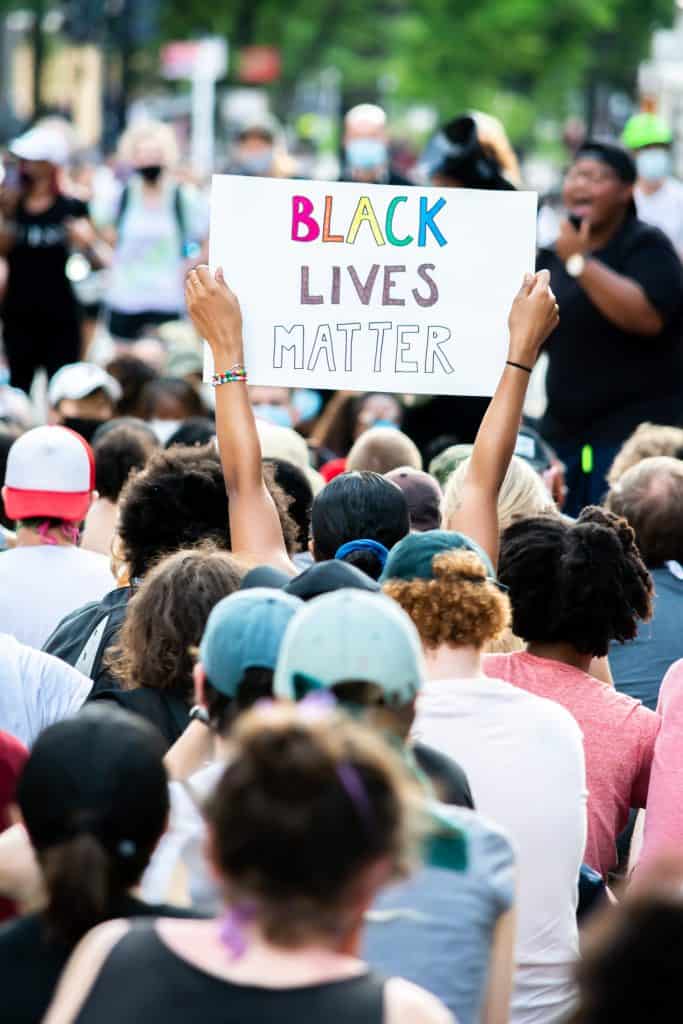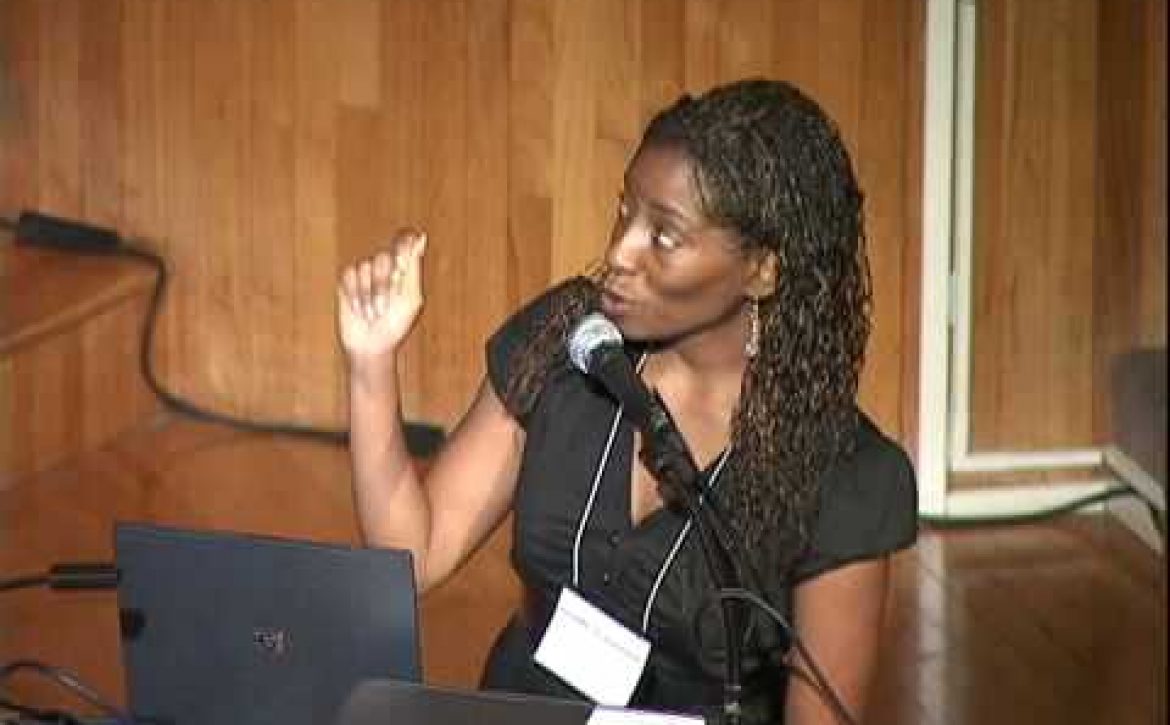How to Reintegrate Kids into A Diverse Post-Pandemic World

The Covid-19 pandemic unleashed a global health crisis and exposed racial disparities, which, in many ways, heightened ongoing conversations about the importance of diversity, equity, and inclusion.
Now — after an unprecedented year marked by physical distancing and social unrest — parents are wondering how to effectively help their children return to a sense of “normalcy” and reconnect with others. As parents work to support this return, what’s “normal” has shifted: the national discussion of what matters is significantly different from pre-pandemic.
According to a recent social discourse analysis that my team and I conducted at Nickelodeon, concerns about children’s social and emotional health during Covid-19 is the second leading topic of conversation among parents of 2- to 5-year-old children (more than 130% higher than last year). This topic is only eclipsed by diversity (which grew by 2022% year over year), with an emphasis from parents on what they can do to raise awareness. That is not a typo — parents’ conversation about diversity has grown by more than two thousand percent.
Helping Children Leave the Family Bubble and Build Diverse Relationships
With the ongoing Black Lives Matter movement and a growing national focus on bias against the Asian American and Pacific Islander and Jewish communities, parents flocked online in the past year to learn more about how to raise their children to be more racially sensitive and accepting. Our research showed that white parents, in particular, are invested in ways to teach their children about racial diversity. Parents of color, meanwhile, are invested in looking for resources that showcase empowering portrayals of people who look like them.
Overall, parents across racial and ethnic groups are expressing a general interest in helping their kids develop healthy relationships with diverse individuals. As families physically isolated during the pandemic, kids spent more time with people of shared backgrounds and perspectives. As social restrictions now begin to lift around the country (albeit at different rates), parents say they are looking for rich opportunities to foster inclusivity and celebrate similarities and differences.

Help Your Kids Get Ready to Rejoin Our Diverse World
Based on my experience as a researcher and a mom, here are five ways to support children’s social and emotional development and help to reintegrate them into the diverse world in which we live:
- Try meals from different cultures
Visit ethnically diverse restaurants, or search for recipes of meals typically served in different countries to try authentic cuisine inspired by culinary traditions from around the world.
- Visit cultural museums
Take trips to local and national museums that introduce children to cultural icons and influences. For example, consider visiting the National Museum of African-American Music in Nashville, TN, the Smithsonian Asian Pacific American Center in Washington, D.C. or the Museum of Latin American Art in Long Beach, CA. (If you’re still visiting museums virtually, there are many ways to explore art and culture online. Google Arts & Culture is a great place to start.)
- Read diverse books
Visit the library and select a variety of material (e.g., graphic novels, comic books, fiction, and nonfiction) about people from different racial and ethnic backgrounds, cultures, and perspectives to give children a well-rounded view of the many people and places that make up our world. First Book is sharing tips with Big Heart World on how to build a more diverse and inclusive home or classroom library and is sharing some titles that you might consider!
- Attend art festivals
Spend time at outdoor festivals to experience paintings, sculptures, music, and dances that celebrate different cultural events and traditions.
- Support international kids’ film festivals
Attend kids’ film festivals that feature uplifting storylines and empowering portrayals of diverse characters, including BIPOC leads, in short and long-form films. If there aren’t any kids’ film festivals near you, curate your own at home using titles from other recent kids’ film festivals like this.

